Education is an opportunity through which society and its people are empowered. It is a tool for economic advancements. Education aids in the social, emotional, and psychological growth of individuals and hence, the community as a whole. However, not all have been able to reap the benefits of the existing education system.
Slum children’s education in India in this context remains a burning issue. A lot of factors combine together, in keeping more than half of India’s school-going children out of school.
Slum Children in India
According to the Census 2011, there are 13.7 million slum households across 63% of India’s towns. The residents of these households include migrants, half of them being among the poorest of the poor. More than eight million children under 6 years live in approximately 49,000 slums. There are 22.72 million children (age group 5-18) living in urban slums who are out of school.*
The migrant population in India is mostly illiterate and constantly on the move, in search of new livelihood opportunities. Migrant children move with their parents and often lose out on age-appropriate educational opportunities. Often they engage in labor to escape poverty and support their parents.
Access to early childhood care, balanced nutrition, education, health, and recreational facilities are keys to the positive development of children. However, in places where clean drinking water and two square meals are a struggle, slum children’s education, health and other contributing factors for development will always take a backseat.
Problems in Education of Slum Children
The Right to Education Act 2009 was expected to bring a huge surge of enrolment in urban and rural schools. However, after more than a decade there are millions of children who are out of school in India, most live in urban slums and remote rural areas. A higher proportion of girl children (3.23%) are out of school than boys (2.77%).
Girls in slums and rural areas are out of school as they are engaged in domestic work or do not go to school to take care of the younger siblings. Boys drop out of school to supplement household incomes. Lack of healthcare facilities, absence of toilets in schools, and lack of proper nutrition also lead to an increase in drop-out rates.
Focusing on Girl Child and Women Education
The cycle of illiteracy will continue if proper steps are not taken in time to reduce drop-out rates, increase enrollment and encourage girl child education and slum children’s education. Mother is a child’s first teacher. When mothers remain uneducated they cannot fully comprehend the value of education for their children. Children of educated mothers have better access to education, proper nutrition, and timely healthcare needs like timely immunization against various diseases.
Health, Education, and Empowerment
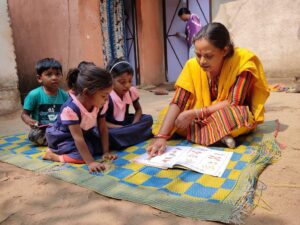
Smile Foundation’s vision is to work as a catalyst in bringing sustainable change in the lives of non-privileged children, youth, and women, with a life-cycle approach to development.
The life-cycle approach of development starts with opening the doors of education for slum children, the underprivileged. Smile Foundation’s Mission Education focuses on bringing out-of-school children under the folds of education. So far, more than 3,00,000 children have directly benefitted from the programme.
Health Cannot Wait
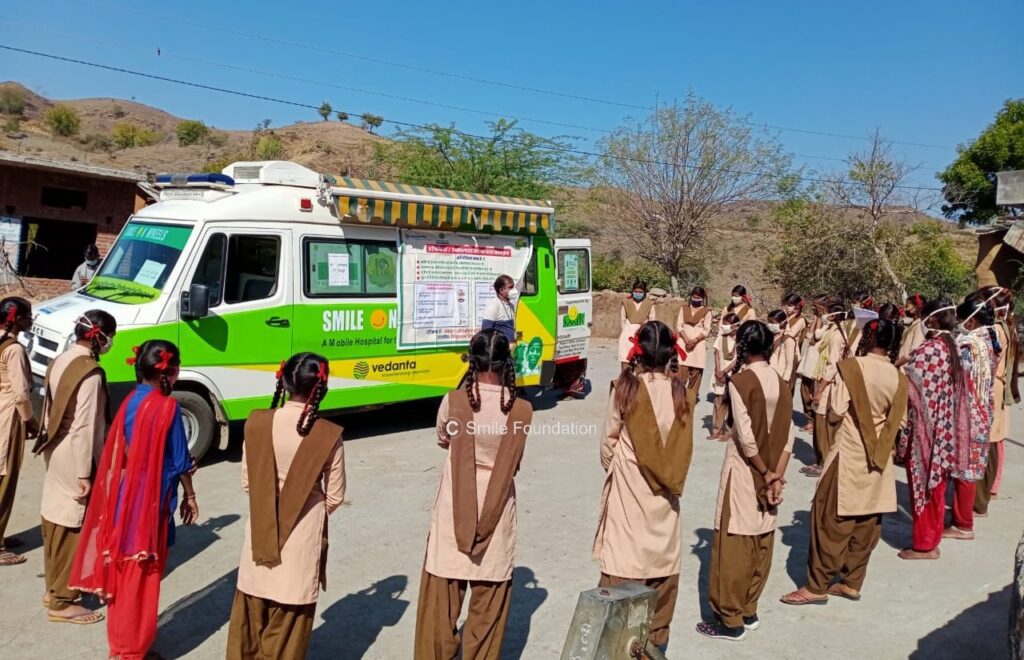
Under its healthcare campaign, Health Cannot Wait, Smile Foundation’s mobile medical unit, Smile on Wheels addresses the problems of availability and accessibility of proper healthcare services for children and women, especially in urban slums and rural areas. Health camps are conducted for school-going children. The programme has so far provided free healthcare services to more than 1.5 Million children and families.
Training for Empowerment and Employment
Smile Foundation’s Swabhiman programme works extensively with adolescent girls, young and expecting mothers. Scholarships are also provided to bright young girls who perform exceptionally well in school. Healthcare services; ante-natal and post-natal care are provided to women. Adolescent girls are provided with sanitary napkins to break the stigma around periods and also to encourage attendance at school.
The STeP programme ensures young students from slums and rural areas who drop out of school receive skill training. This is done to bridge the gap between the demand and supply of skilled manpower in the fast emerging services and retail sectors of modern India. More than 75,000 youth have been trained through the e-learning programme and 47,000 have also been placed in over 400 brands. 71 percent of total beneficiaries were girls.



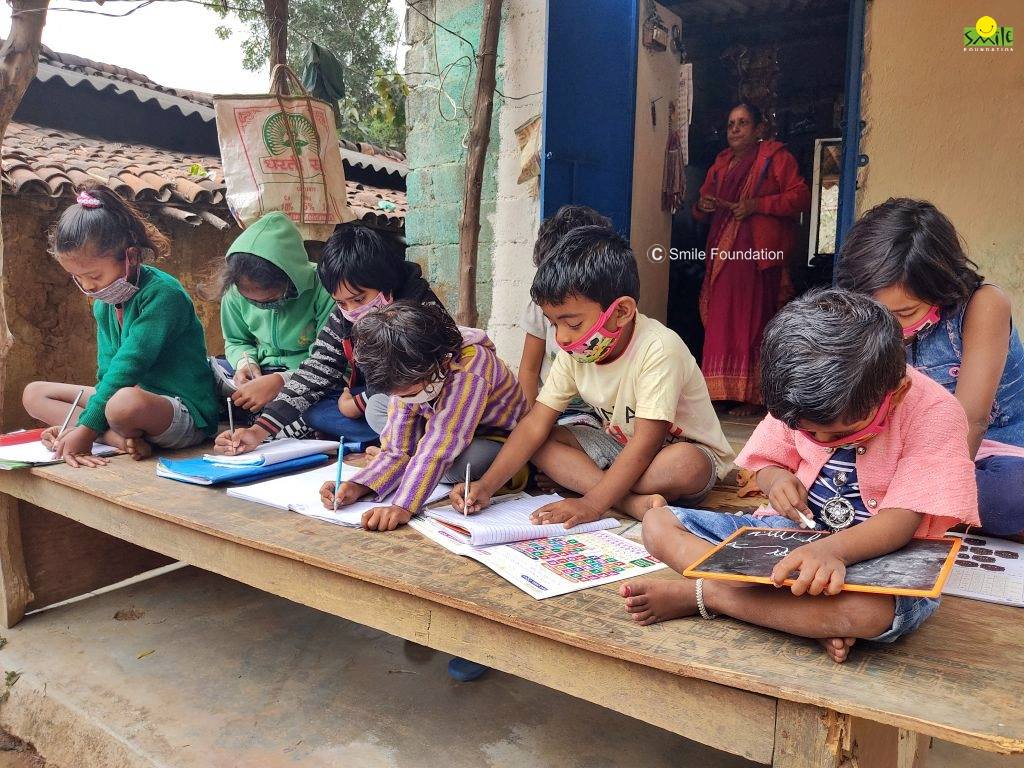
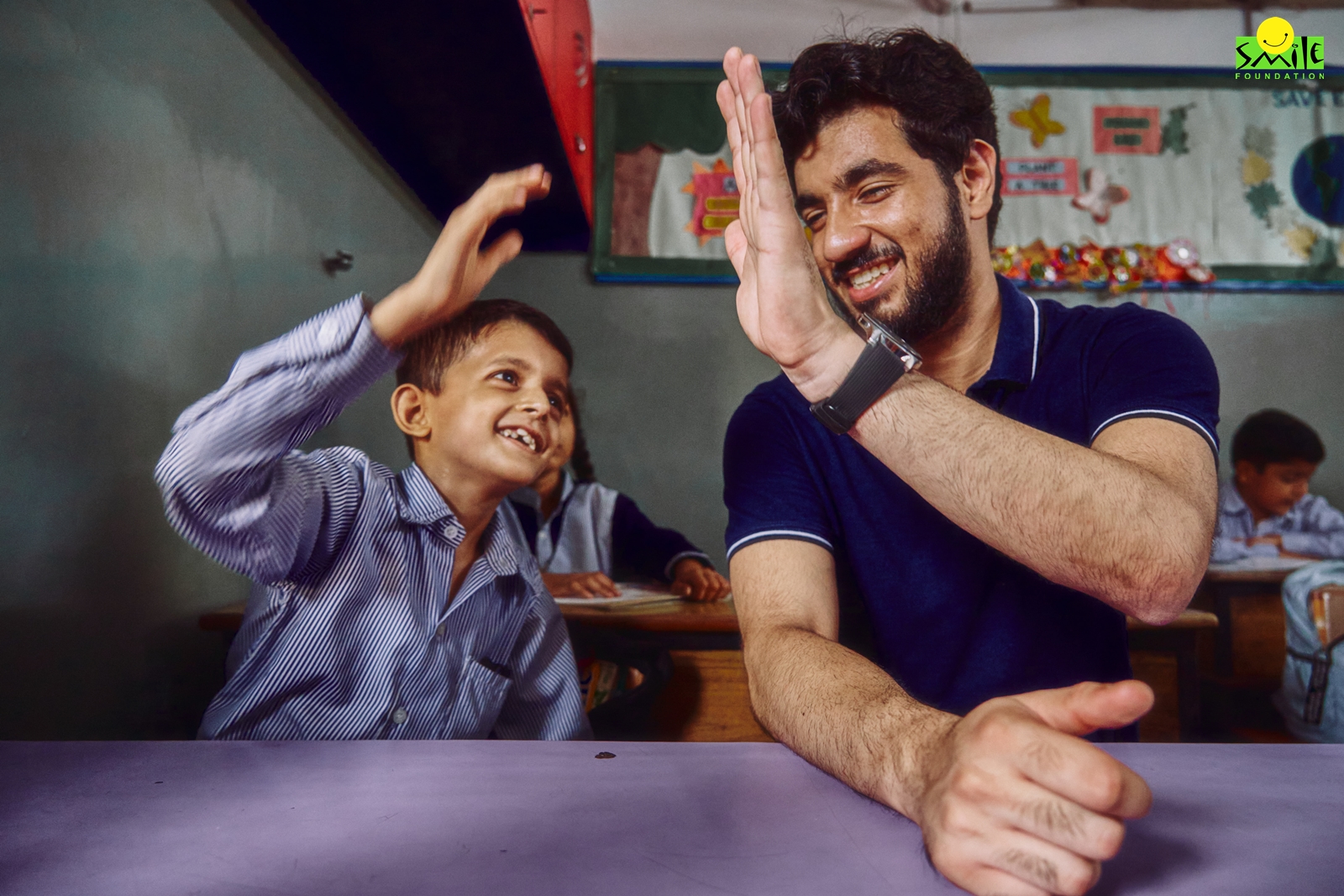
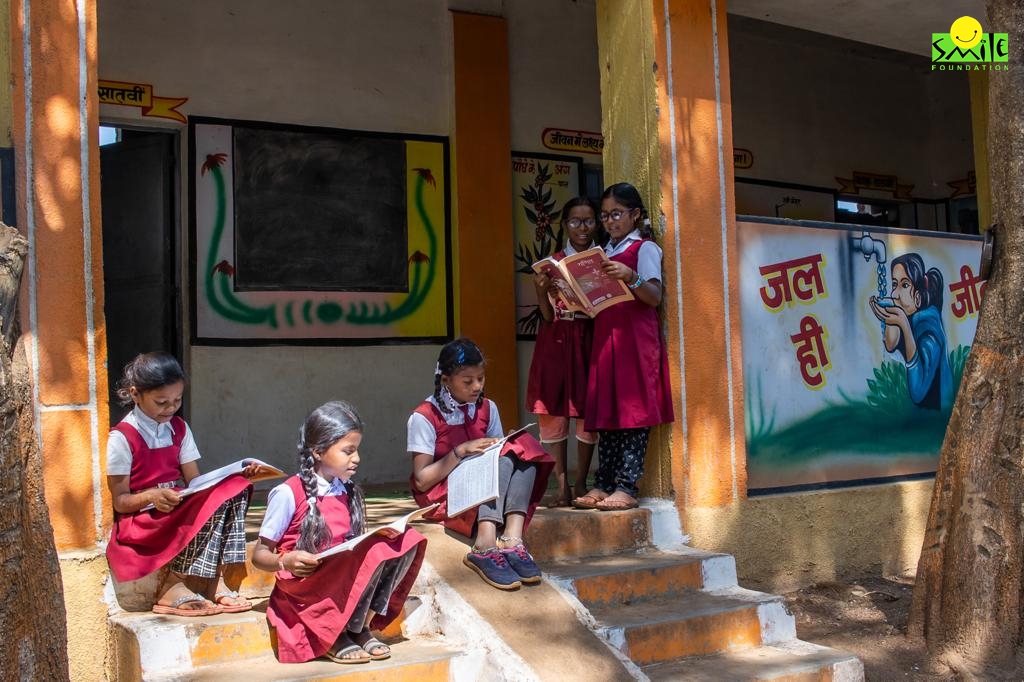

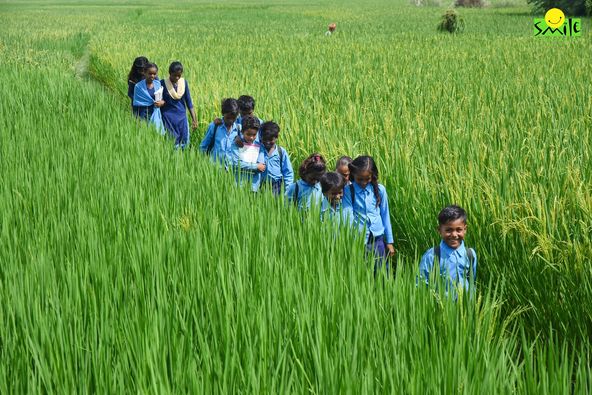
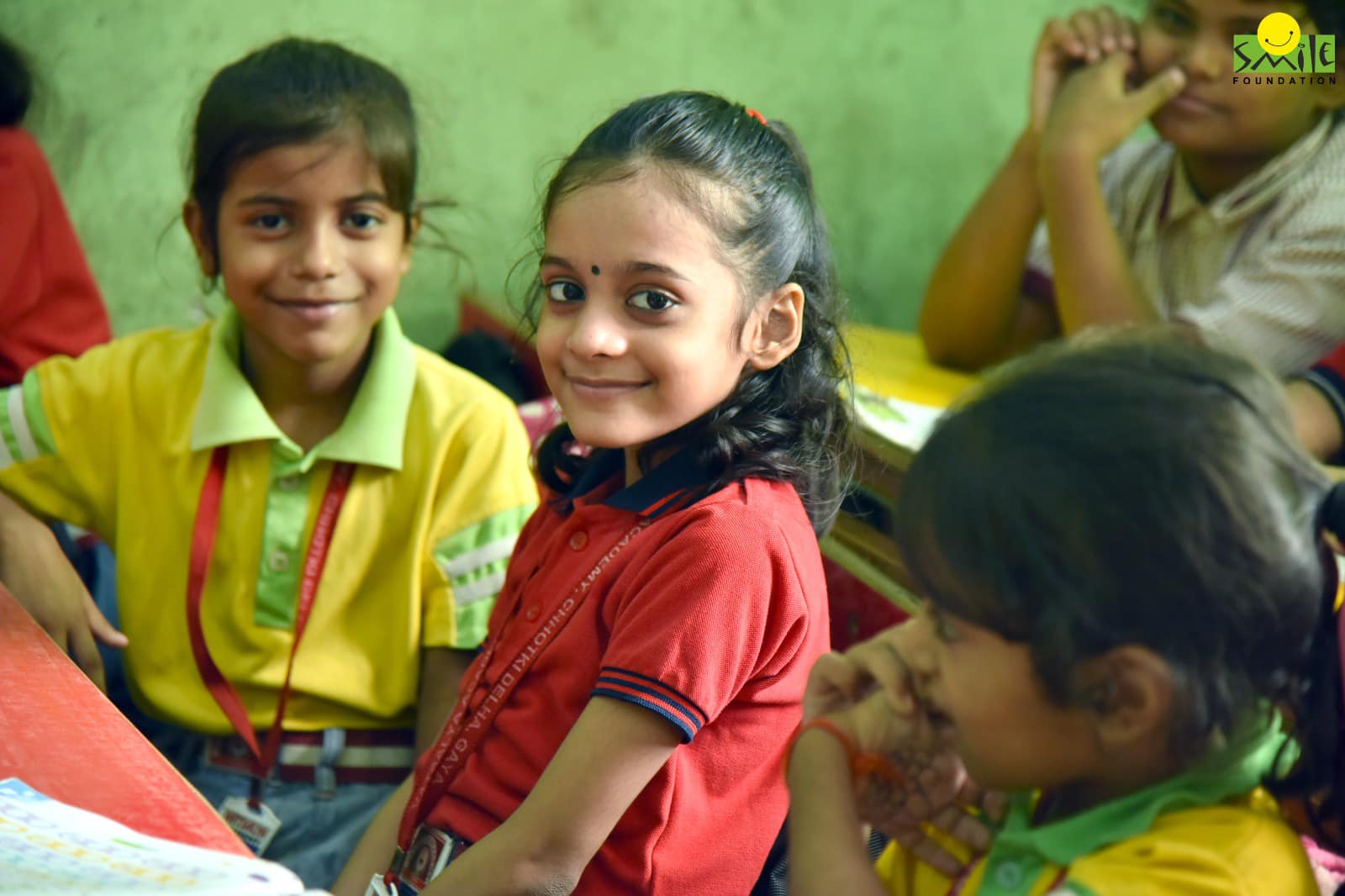
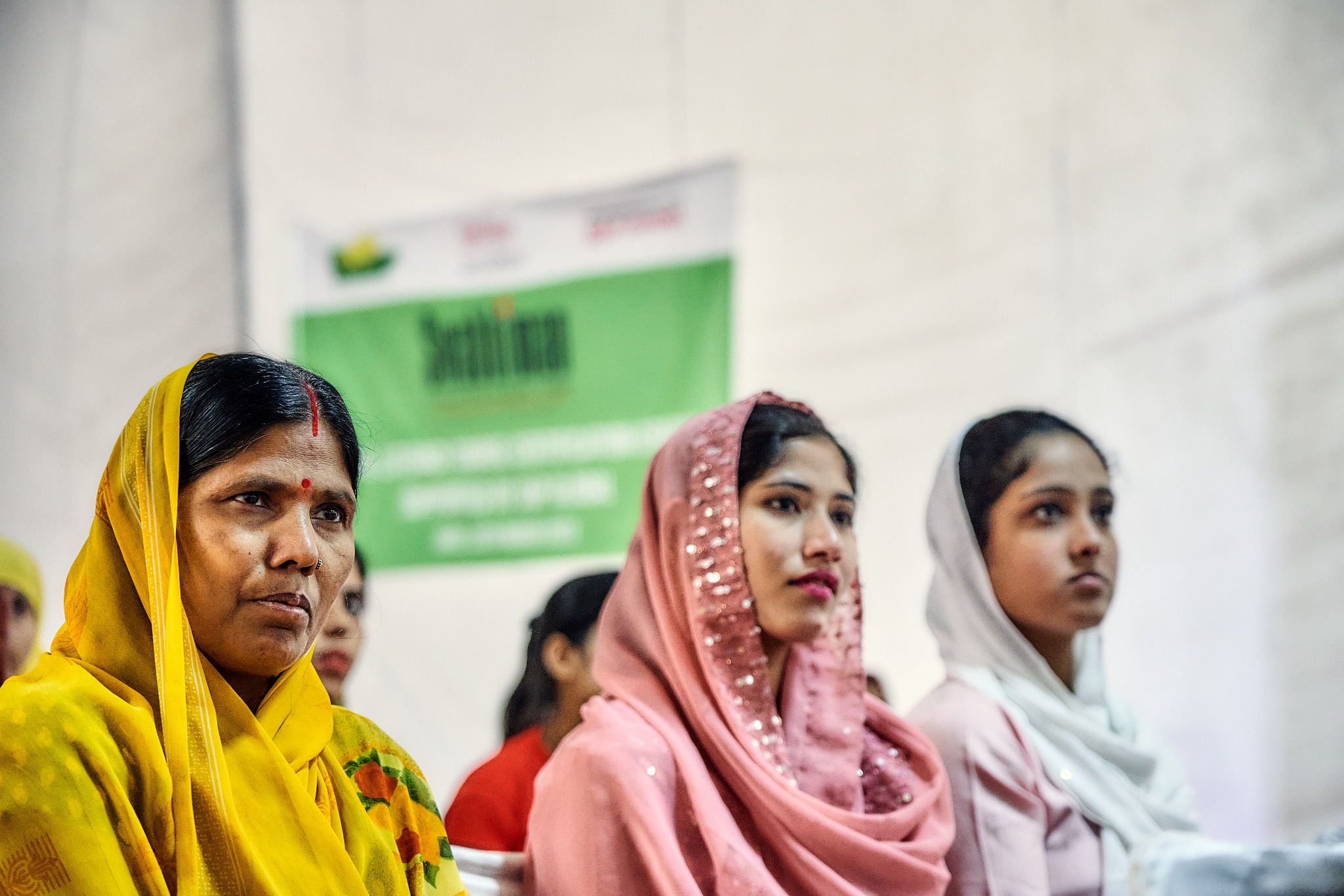
One reply on “Improving Education of Slum Children”
आपने बिल्कुल सही कहा भारत में मलिन बस्तियों में बहुत सारे बच्चे ऐसे शिक्षा से वंचित रहे जाते हैं प्रवासी मजदूर शहरों में मजदूरी के लिए आते हैं काम खत्म होने के बाद वह फिर से पलायन करते हैं जिसकी वजह से बच्चों की शिक्षा प्रभावित होती है वह किसी भी स्कूल में शिक्षा ग्रहण नहीं कर पाते हैं मैं पिछले 7 साल से प्रवासी मजदूरों के बच्चों को शिक्षित करने का कार्य कर रही हूं जिसका मैं किसी से भी कोई paisa नहीं लेती हूं और उन्हें मुख्यधारा से जोड़ने का कार्य करते हैं